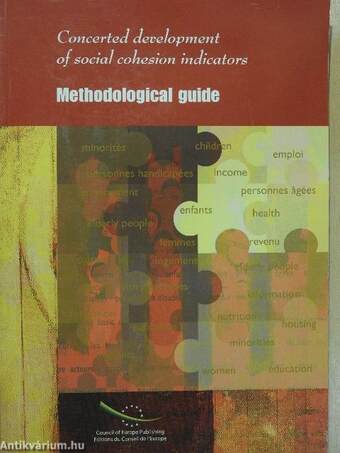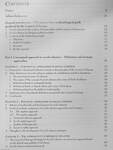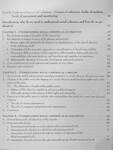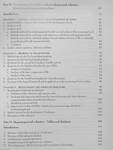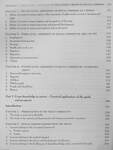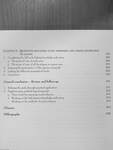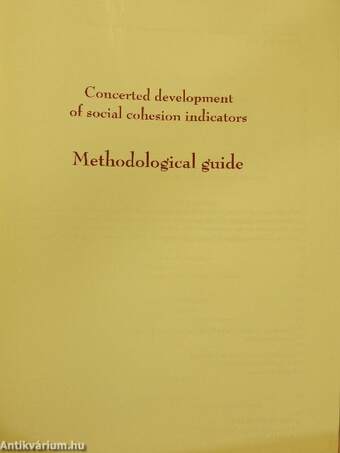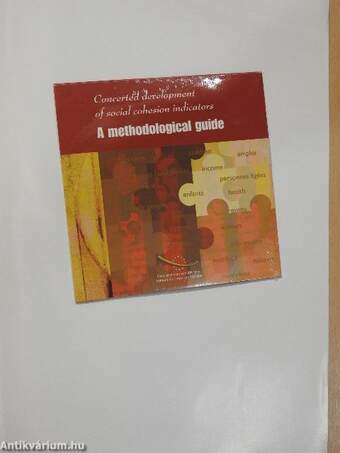1.117.899
kiadvánnyal nyújtjuk Magyarország legnagyobb antikvár könyv-kínálatát
Converted development of social cohesion indicators - CD-vel
Methodological guide
| Kiadó: | Council of Europe |
|---|---|
| Kiadás helye: | Strasbourg |
| Kiadás éve: | |
| Kötés típusa: | Ragasztott papírkötés |
| Oldalszám: | 235 oldal |
| Sorozatcím: | |
| Kötetszám: | |
| Nyelv: | Angol |
| Méret: | 30 cm x 21 cm |
| ISBN: | 92-871-5742-1 |
| Megjegyzés: | CD-melléklettel. |
naponta értesítjük a beérkező friss
kiadványokról
naponta értesítjük a beérkező friss
kiadványokról
Fülszöveg
In a globalising world where-inequalities, discrimination and poverty can easily prevail
over the forces of social cohesion, it is essential to remind public and private actors
alike of their co-responsibility f or the welfare of all without exclusion, a principle
embodied in the Council of Europe's Social Cohesion Strategy.
This guide proposes a method and tools for making this co-responsibi lity wor ft, at the
local, regional, national and European levels. It provides actors in the same geographical
territory with the means to pool their ideas, choose their objectives and translate them
f
into indicators in order to clarify ated quantify them, monitor the progress made and
assess their impact.
Based on a global approach to social cohesion that looks not only at welfare in its
various dimensions as an outcome, but also at how people interact to achieve this welfare
and the values, feelings and bonds they share, the guide proposes a variable-geometry
framework for... Tovább
Fülszöveg
In a globalising world where-inequalities, discrimination and poverty can easily prevail
over the forces of social cohesion, it is essential to remind public and private actors
alike of their co-responsibility f or the welfare of all without exclusion, a principle
embodied in the Council of Europe's Social Cohesion Strategy.
This guide proposes a method and tools for making this co-responsibi lity wor ft, at the
local, regional, national and European levels. It provides actors in the same geographical
territory with the means to pool their ideas, choose their objectives and translate them
f
into indicators in order to clarify ated quantify them, monitor the progress made and
assess their impact.
Based on a global approach to social cohesion that looks not only at welfare in its
various dimensions as an outcome, but also at how people interact to achieve this welfare
and the values, feelings and bonds they share, the guide proposes a variable-geometry
framework for analysing social cohesion in different areas of life (employment,
income, health, education, housing, nutrition, culture, information) ai^d vulnerable
groups (migrants, minorities, children, elderly people, people with disabilities, women).
4 .
t f
t Vissza
Témakörök
- Szociológia > Módszertan > Egyéb
- Szociológia > Szociálpolitika > Általában
- Szociológia > Lexikonok, kézikönyvek
- Idegennyelv > Idegennyelvű könyvek > Angol > Szociológia > Lexikonok, kézikönyvek
- Idegennyelv > Idegennyelvű könyvek > Angol > Szociológia > Módszertan > Egyéb
- Idegennyelv > Idegennyelvű könyvek > Angol > Szociológia > Szociálpolitika > Általában


